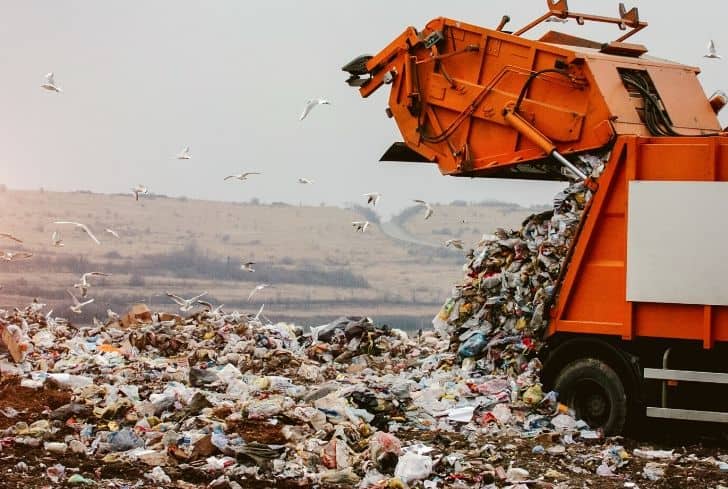Types of Waste
Any substance that we no longer need and want to dispose of can be defined as waste.
1- Non-Hazardous Wastes
- Domestic Waste
- Domestic Industrial Wastes
- Packaging Waste
2- Hazardous Wastes
- Medical Wastes
- Construction and Demolition Waste
The Basic Principles of Waste Management are:
Selection and application of production technologies that create the least waste at all stages,
Recycling of the waste generated as much as possible,
Disposal of those that cannot be used or evaluated in any way, in a way that causes the least damage to the environment.
Disposal Methods of Biodegradable (Organic) Solid Wastes:
There are generally 3 main methods for the disposal of wastes (Domestic, Plant, Animal, etc.).
- Thermochemical (Gasification, Combustion, Pyrolysis, Biomass etc.),
- Biochemical (Biogas, Biomethanization etc.),
- Physicochemical (landfill gas – landfill biogas energy production, extraction, compost etc.).
Energy from Waste
Among these, the most preferred type of energy generation from landfill gas (LFG) in Turkey. Currently, there is a 783 MW Waste-to-Biomass Energy production facility capacity in 136 large and small facilities in Turkey.
While the wastes stored in solid waste landfills decompose over time as a result of microbial activities in an oxygen-free environment, they also form garbage biogas (methane-LFG). If the landfill gas (also called landfill gas) generated in the landfills is not collected and evaluated with appropriate techniques, it carries a great risk for human and environmental health due to its explosive and flammable-inflammable properties.
The number of energy production projects from Landfill Gas (Methane-LFG) formed in solid waste storage areas of municipalities is increasing day by day. With these projects, along with the benefits provided to the environment, significant gains are also provided to the economy.
Reducing the Greenhouse Gas Effect
In addition to the flammable and explosive properties of landfill gas, methane in its content has 21 times more greenhouse gas effect in the atmosphere compared to carbon dioxide gas. Thanks to the burning of landfill gas in energy facilities, economic benefits are obtained by selling electricity, as well as reducing carbon emissions. (10-11-2018/14:11)
Landfill gas is released as a result of the fermentation of organic carbon in a closed landfill.
Approximately 100-200m³ of landfill gas is obtained from 1 ton of solid waste during its use.
The gas is approximately 35%-65% Methane (CH4); It contains 20%-45% Carbon Dioxide (CO2).
The approximate usage period of the solid waste site is 15-20 years.





